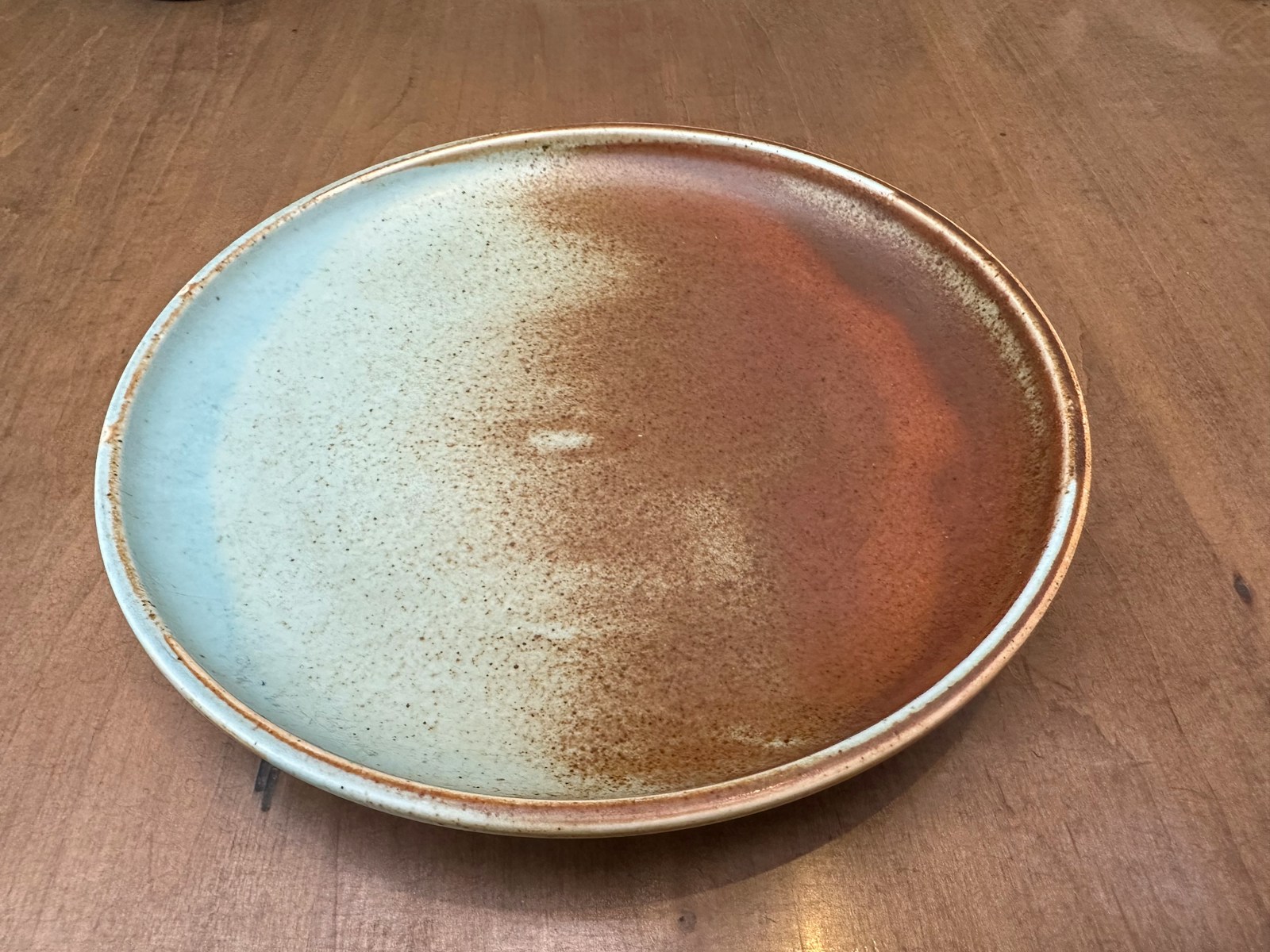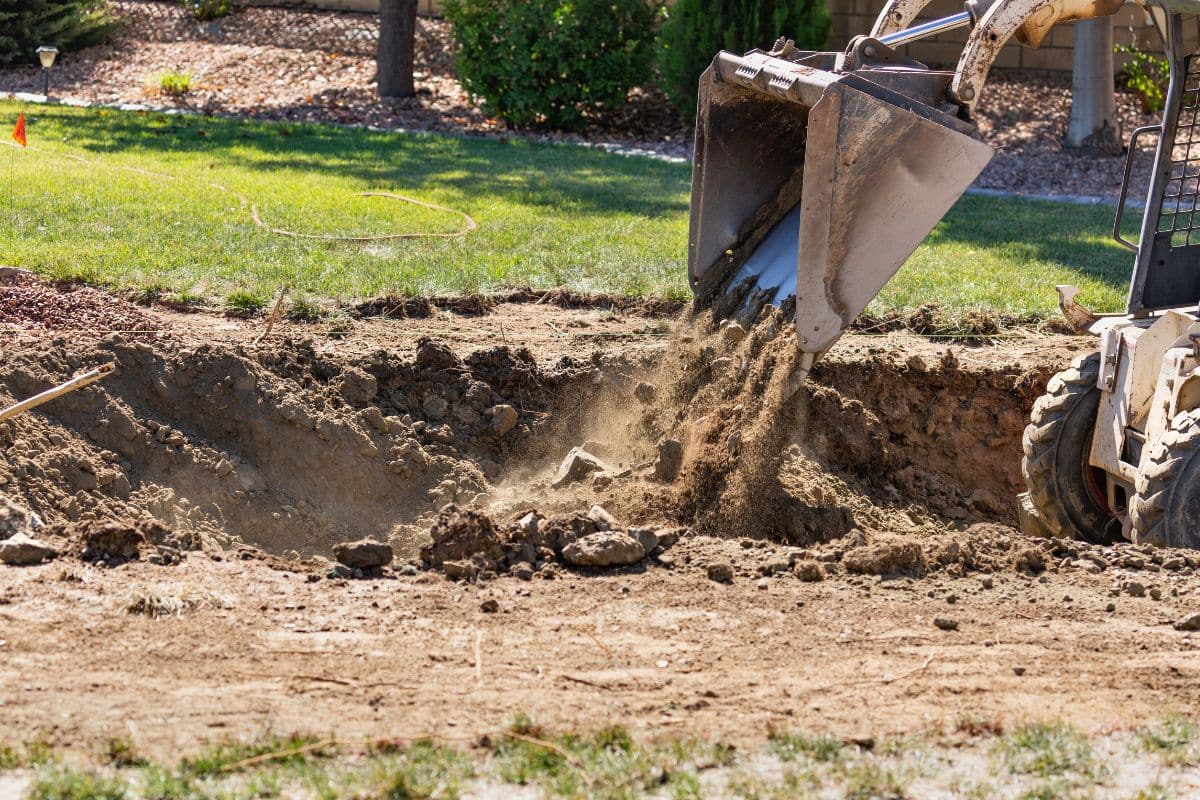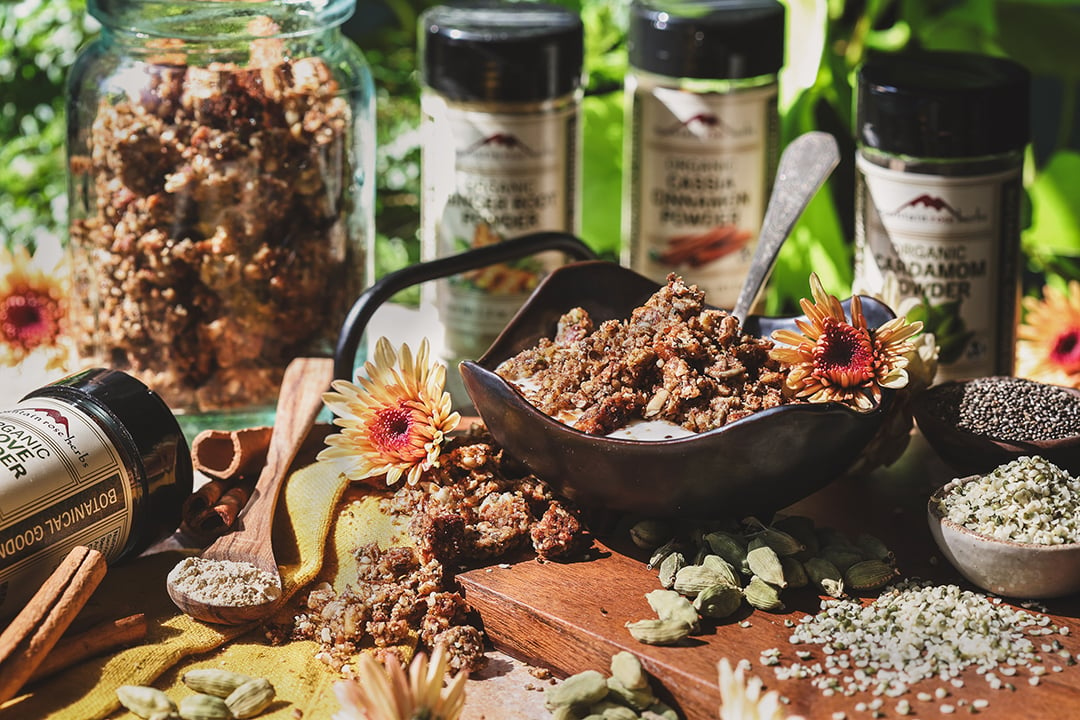Copper surfaces and items add warmth and elegance to any home, but their lustrous appearance can quickly fade without proper maintenance. This versatile metal develops a natural patina over time, which some appreciate for its character, while others prefer the bright, shiny finish of freshly cleaned copper. Understanding the right techniques and products ensures your copper pieces maintain their desired appearance for years to come.
Whether you’re dealing with copper cookware, decorative items, or architectural elements, the cleaning approach depends on the level of tarnishing and your personal preferences. Some homeowners embrace the aged look of oxidized copper, while others work diligently to preserve that mirror-like shine. The key lies in choosing appropriate methods that won’t damage the metal while achieving your desired results.
Natural cleaning solutions for copper restoration
Lemon juice and salt create one of the most effective natural copper cleaners available in most kitchens. The citric acid in lemon juice breaks down tarnish while salt acts as a gentle abrasive to remove stubborn stains. Cut a fresh lemon in half and sprinkle coarse salt directly onto the cut surface. Rub this natural scrubber across the copper surface using circular motions, applying moderate pressure to work through the oxidation.
For heavily tarnished pieces, allow the lemon and salt mixture to sit for several minutes before scrubbing. The acid needs time to penetrate and dissolve the buildup effectively. Rinse thoroughly with warm water and dry immediately with a soft cloth to prevent water spots from forming. This method works particularly well on copper pots and pans that see regular use.
White vinegar and salt offer another powerful combination for copper cleaning. Mix equal parts white vinegar and salt to create a paste-like consistency. Apply this mixture to the copper surface and let it work for fifteen minutes before scrubbing with a soft brush or cloth. The acetic acid in vinegar dissolves tarnish while the salt provides gentle abrasive action.
Baking soda paste provides a milder alternative for delicate copper items. Combine baking soda with just enough water to form a thick paste. This alkaline solution works more slowly than acidic cleaners but causes less potential damage to thin copper finishes. Spread the paste evenly across the surface, allow it to sit for twenty minutes, then scrub gently with a soft-bristled brush.
Commercial copper cleaners and their applications
Professional copper cleaning products offer convenience and consistent results for those who prefer ready-made solutions. Bar Keepers Friend stands out as a popular choice among copper enthusiasts. This oxalic acid-based cleaner effectively removes tarnish and stains without excessive scrubbing. Simply wet the copper surface, sprinkle the powder evenly, and work it into a paste using a damp cloth.
Many commercial cleaners contain ingredients designed specifically for copper oxidation removal. These products often work faster than homemade solutions and require less physical effort. However, always test commercial cleaners on an inconspicuous area first to ensure they won’t damage special finishes or coatings.
Ketchup cleaning method might sound unusual, but the mild acidity in tomatoes makes it surprisingly effective for light tarnish removal. The consistency allows for easy application and the acids work gently on copper surfaces. Apply a thin layer of ketchup to the copper, let it sit for several minutes, then wipe clean with a damp cloth. This method works best on items with minimal oxidation.
When selecting commercial products, read labels carefully to understand their intended use. Some cleaners work better on specific types of copper items, while others offer versatility across various applications. Just as you might research what is eat cleaner made of when choosing produce cleaners, understanding copper cleaner ingredients helps you make informed decisions about which products suit your needs.
Proper copper cleaning techniques and safety measures
Preparation steps ensure successful copper cleaning results while protecting both the item and yourself. Remove any dirt or debris from the surface before applying cleaning solutions. Work in a well-ventilated area, especially when using commercial cleaners or acidic solutions. Wear rubber gloves to protect your hands from acids and prevent fingerprints on freshly cleaned surfaces.
Always work systematically across the copper surface to ensure even cleaning. Start with the least aggressive method appropriate for your situation. Light tarnish often responds well to gentle techniques, while heavily oxidized copper may require stronger solutions or repeated treatments.
Here are essential safety considerations for copper cleaning :
- Test cleaning solutions on hidden areas first
- Use non-abrasive cloths and brushes to prevent scratching
- Rinse thoroughly after each cleaning session
- Dry immediately to prevent water spots
- Avoid harsh chemicals that can damage copper finishes
Timing matters significantly in copper cleaning success. Don’t let cleaning solutions sit too long on the surface, as acids can etch the metal if left unchecked. Similarly, don’t rush the process by using excessive force, which can create scratches that are difficult to remove later.
Maintaining copper shine and preventing future tarnishing
Regular maintenance prevents heavy tarnish buildup and makes future cleaning sessions much easier. Dust copper items weekly with a soft cloth to remove particles that can accelerate oxidation. For frequently used copper cookware, wash with mild soap and warm water immediately after use, then dry thoroughly.
Environmental factors significantly impact copper tarnishing rates. High humidity accelerates oxidation, while exposure to certain chemicals or foods can cause rapid discoloration. Store copper items in dry locations when possible, and avoid contact with acidic foods for extended periods. Proper storage becomes as important as knowing the best place to store potatoes for maintaining their quality.
Protective coatings can slow tarnishing on decorative copper pieces. Clear lacquers create barriers against moisture and air, though they require reapplication over time. Wax-based protectants offer temporary protection while maintaining the natural feel of copper surfaces. Apply these products according to manufacturer instructions for optimal results.
Understanding your copper items helps determine appropriate maintenance schedules. Outdoor copper elements require more frequent attention due to weather exposure, while indoor decorative pieces may need cleaning only seasonally. Developing consistent care routines ensures your copper maintains its desired appearance with minimal effort over time.










